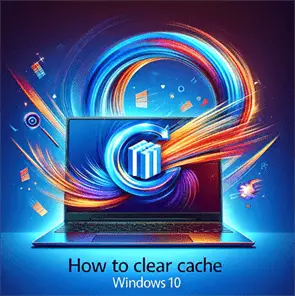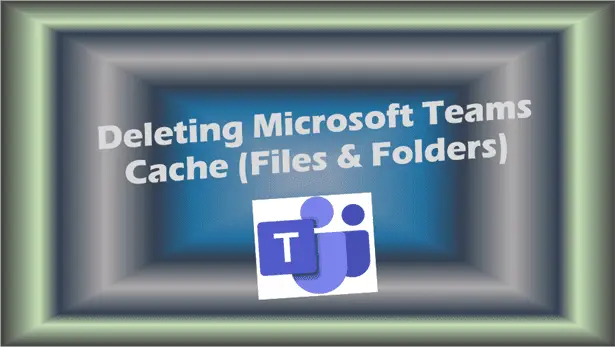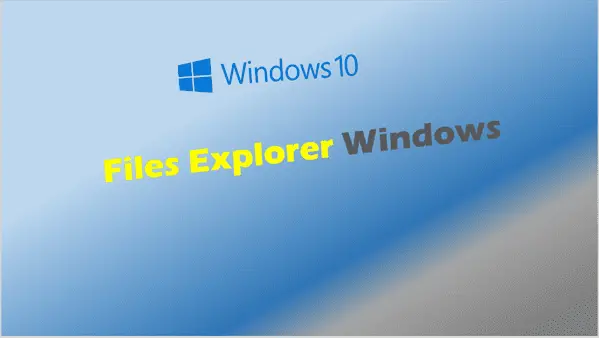The Ultimate Guide to Clearing Cache in Your Windows 10 Laptop
Is your laptop lagging? Find out how to clear cache in laptop Windows 10 and improve your system’s efficiency with our quick tips
In today’s digital age, optimizing your laptop’s performance is crucial for a smooth and efficient computing experience. One often overlooked aspect of system maintenance is the clearing of cache.
This comprehensive guide will walk you through everything you need to know about how to clear cache in laptop Windows 10, ensuring your device runs as seamlessly as possible.
Introduction – How to clear cache in laptop Windows 10
Cache memory plays a pivotal role in enhancing your computer’s performance by temporarily storing frequently accessed data and files.
However, over time, this cache can accumulate and occupy valuable disk space, potentially leading to decreased system performance and various browsing issues.
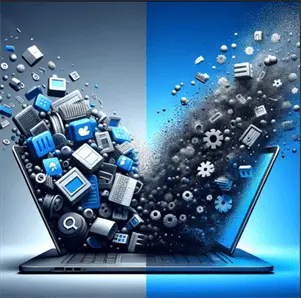
Understanding how to clear cache in laptop Windows 10 is essential for resolving these issues and improving your laptop’s overall efficiency.
Clearing cache regularly can help in troubleshooting, enhance system performance, and optimize disk space usage.
Whether you’re dealing with browser cache, system cache, app cache, or Delivery Optimization cache, this guide covers it all.
Understanding Cache in Windows 10
What is Cache?
Cache memory is a type of volatile computer memory that provides high-speed data access to the processor and stores frequently accessed data to speed up the data retrieval process. There are several types of cache in Windows 10, including:
- Browser Cache: Stores web page resources locally to quickly load pages upon revisits.
- System Cache: Includes temporary files and system files used for updates and processes.
- App Cache: Stores temporary data for applications to improve loading times and performance.
- Delivery Optimization Cache: Utilized for Windows Update and Microsoft Store apps, storing temporary files to assist in the update process.
Cache memory is an integral part of a computer’s memory hierarchy, providing faster access to frequently used data compared to fetching it from the main memory or storage devices. By understanding the different types of cache in Windows 10, you can effectively manage and optimize your laptop’s performance.
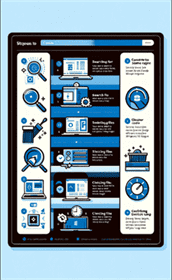
Why Clearing Cache is Crucial
Clearing your laptop’s cache can significantly improve its performance and functionality. Benefits include:
- Freeing up Disk Space: Deleting temporary files can recover disk space, allowing your system to run more efficiently.
- Enhancing Privacy: Clearing cache removes your browsing history and data, protecting your privacy.
- Troubleshooting: Resolves issues related to web browsing, such as problems with loading library websites, signing in, or downloading titles.
By regularly clearing cache, you can ensure your laptop is running at its best and avoid potential performance issues or privacy concerns.
Types of Cache in Windows 10 and How to Manage Them
Browser Cache

Browser cache is one of the most common types of cache that can impact your browsing experience. It stores temporary files, images, and other elements of web pages to speed up subsequent visits to the same sites.
However, over time, this cache can grow and become bloated, potentially causing issues such as slow page loading or outdated content. It’s essential to know how to clear browser cache on different browsers in Windows 10.
Clearing your browser cache is a great starting point for optimizing your laptop’s performance. Here’s how to clear cache on popular browsers:
Chrome
To clear the cache in Google Chrome, follow these steps:
- Click on the three-dot menu in the top-right corner of the browser.
- Select Settings from the dropdown menu.
- Scroll down and click on Privacy and security in the left sidebar.
- Under the Privacy and security section, click on Clear browsing data.
- In the popup window, select the appropriate time range and ensure that “Cached images and files” is checked.
- Click on the Clear data button.
For detailed instructions on clearing cache in Chrome, including shortcuts and steps for Windows, Mac, and Chromebook, check out this comprehensive guide.
Google Chrome Clear Cache Shortcut Keys:
- Open Google Chrome 1st and then press
- Ctrl + Shift + Del together
- Clear Chrome Browser Cache.
Edge
Microsoft Edge, the default browser in Windows 10, also allows you to clear cache easily. Here’s how:
- Click on the three-dot menu in the top-right corner of the browser.
- Select Settings from the dropdown menu.
- Under the Clear browsing data section, click on Choose what to clear.
- Check the box next to “Cached data and files“.
- Click on the Clear button.
For more detailed instructions, including clearing cache in different versions of Microsoft Edge, refer to this guide on clearing cache in Edge.
Microsoft Edge Clear Cache Shortcut Keys:
- Open Microsoft Edge 1st and then press
- Ctrl + Shift + Del together
- Clear Edge Browser Cache
Firefox
To clear cache in Mozilla Firefox, follow these steps:
- Click on the three-line menu in the top-right corner of the browser.
- Select Options from the dropdown menu.
- In the left sidebar, click on Privacy & Security.
- Scroll down to the Cookies and Site Data section.
- Click on Clear Data.
- Ensure that “Cached Web Content” is checked.
- Click on the Clear button.
For a visual guide and additional information, visit this guide on clearing cache in Firefox.
Safari
For Mac users, clearing the cache in Safari is straightforward:
- Click on Safari in the menu bar at the top of the screen.
- Select Preferences from the dropdown menu.
- Go to the Privacy tab.
- Click on Manage Website Data.
- Click on Remove All to clear the cache.
Refer to this guide on clearing Safari browser cache for more detailed instructions and visuals.
System and App Cache
In addition to browser cache, Windows 10 also accumulates system and app cache. Clearing these caches can help improve overall system performance.
Using Disk Cleanup for System Cache
(an example of how to clear cache in laptop using run)
Disk Cleanup is a built-in utility in Windows 10 that allows you to remove unnecessary files, including temporary files and system cache. Here’s how to use it:
- Type “Disk Clean-Up” in the search field and press Enter on the best match.
- Disk Cleanup will analyze the drive and present a list of files to delete.
- In the list, check the box next to “Temporary files” and any other file categories you want to remove.
- Click OK and then click Delete Files to confirm.
For a detailed walkthrough of using Disk Cleanup, including screenshots, refer to this guide on using Disk Cleanup for system cache.
Clearing Windows Store Cache
If you encounter issues with downloading or updating apps from the Microsoft Store, clearing the Windows Store cache can help resolve these problems. Follow these steps:
- Press the Windows key + R to open the Run dialog box.
- Type “wsreset.exe” and press Enter.
- A blank Command Prompt window will appear briefly, and then the Microsoft Store will open.
For more information and additional troubleshooting steps, check out this guide on clearing Windows Store cache.
Clearing DNS Cache
(an example of how to clear cache in laptop using cmd)
DNS cache is a temporary database that Windows 10 uses to store recent DNS lookup results. Clearing the DNS cache can help resolve browsing issues and improve internet connectivity. Here’s how to do it:
- Press the Windows key + X and select Command Prompt (Admin) or Windows PowerShell (Admin).
- In the command prompt window, type “ipconfig /flushdns” and press Enter.
- You should see a message confirming that the DNS Resolver Cache has been successfully flushed.
For a step-by-step guide with screenshots, refer to this guide on clearing DNS cache.
Delivery Optimization Cache
The Delivery Optimization feature in Windows 10 helps with the update process by downloading updates and apps from other computers on your local network or the internet. Clearing the Delivery Optimization cache can help resolve issues related to Windows Update and Microsoft Store apps.
To clear the Delivery Optimization cache:
- Type “Disk Clean-Up” in the search field and press Enter on the best match.
- Disk Cleanup will analyze the drive and present a list of files to delete.
- In the list, check the box next to “Delivery Optimization Files“.
- Click OK and then click Delete Files to confirm.
Advanced Tips for Managing Cache in Windows 10
Beyond the basic clearing of cache, there are advanced strategies you can employ to ensure your Windows 10 laptop maintains optimal performance through effective cache management.
Automating Cache Clearance
Manually clearing cache can be a time-consuming process, especially if you’re doing it frequently. Automating this task can save you time and ensure your system remains efficient without regular intervention.
Windows 10 offers various automation tools and settings, such as Storage Sense, which can automatically clear temporary files and system cache based on your preferences. To configure Storage Sense:
- Go to Settings > System > Storage.
- Turn on Storage Sense and click on Configure Storage Sense or run it now to customize how often you want Windows to clear the cache and which files to delete.
For more insights on setting up Storage Sense, this provides a detailed guide.
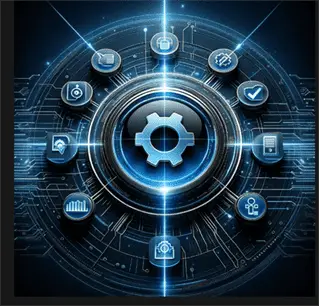
Identifying and Resolving Cache-Related Issues
Sometimes, despite clearing the cache, you might still encounter system performance issues. This could be due to corrupted cache files or other underlying problems.
Using Windows’ built-in troubleshooting tools can help identify and resolve these issues. The System File Checker (SFC) tool, for example, can scan and repair corrupted system files, including problematic cache files.
To run the SFC tool:
- Open Command Prompt as an administrator by searching for it in the Start menu, right-clicking on it, and selecting Run as administrator.
- Type
sfc /scannowand press Enter.
The process might take some time, but it’s a powerful way to fix corrupted files that could be affecting your laptop’s performance.
Beyond Cache: Optimizing Windows 10 Performance
Clearing cache is just one aspect of maintaining your laptop’s performance. There are several other practices you can adopt to keep your Windows 10 system running smoothly.
Regular Maintenance Tips
Regular system maintenance is key to ensuring long-term efficiency and performance. This includes:
- Keeping your system updated: Regular Windows updates can improve system performance, security, and stability.
- Disk defragmentation: For HDD users, defragmenting your disk can improve read/write speeds. SSD users can skip this step as it’s not necessary and can reduce the lifespan of the drive.
- Monitoring startup programs: Too many programs launching at startup can slow down your system. Use the Task Manager to disable unnecessary startup programs.
For a detailed guide on optimizing Windows 10 performance, including how to manage startup programs, check out this resource.
Monitoring System Health
Windows 10 offers various tools to monitor system health and performance, such as the Task Manager and Resource Monitor. These tools can help you identify resource-intensive processes and make informed decisions about which applications to close or uninstall to improve performance.
- Task Manager: Provides a quick overview of CPU, memory, disk, and network usage.
- Resource Monitor: Offers more detailed information about system resource usage.
Understanding how to use these tools effectively can help you maintain optimal performance. For a deep dive into monitoring and optimizing system health, explore BECS’s expert advice.
Conclusion
Maintaining your Windows 10 laptop involves more than just regular use; it requires an understanding of how to manage cache and perform system optimizations to ensure peak performance.
From clearing browser and system cache to automating maintenance tasks and monitoring system health, this guide has covered the essential steps and advanced tips to help you keep your laptop running smoothly.
Remember, a well-maintained laptop not only performs better but also offers a more secure and enjoyable computing experience.
By following the advice in this guide and exploring further resources at BECS, you can ensure your Windows 10 laptop remains efficient, responsive, and ready to handle whatever tasks you throw at it.
FAQs – How to clear cache in laptop Windows 10
How often should I clear my cache?
It’s generally a good idea to clear your cache every few months, or more frequently if you notice performance issues. Automating this process through Storage Sense can help manage cache without manual intervention.
Can clearing cache delete important data?
Clearing cache typically removes temporary files and does not affect personal files or important data. However, it’s always a good idea to back up important data regularly.
Why is my laptop still slow after clearing cache?
If your laptop remains slow after clearing cache, there could be other underlying issues, such as insufficient RAM, a full hard drive, or malware. Consider running a system checkup and exploring other optimization techniques discussed in this guide.
By taking a proactive approach to cache management and system maintenance, you can enjoy a faster, more efficient, and more reliable computing experience on your Windows 10 laptop.
More Information:
